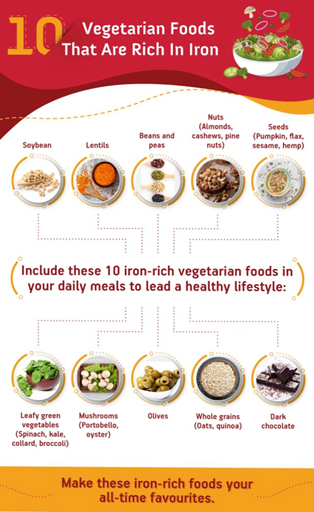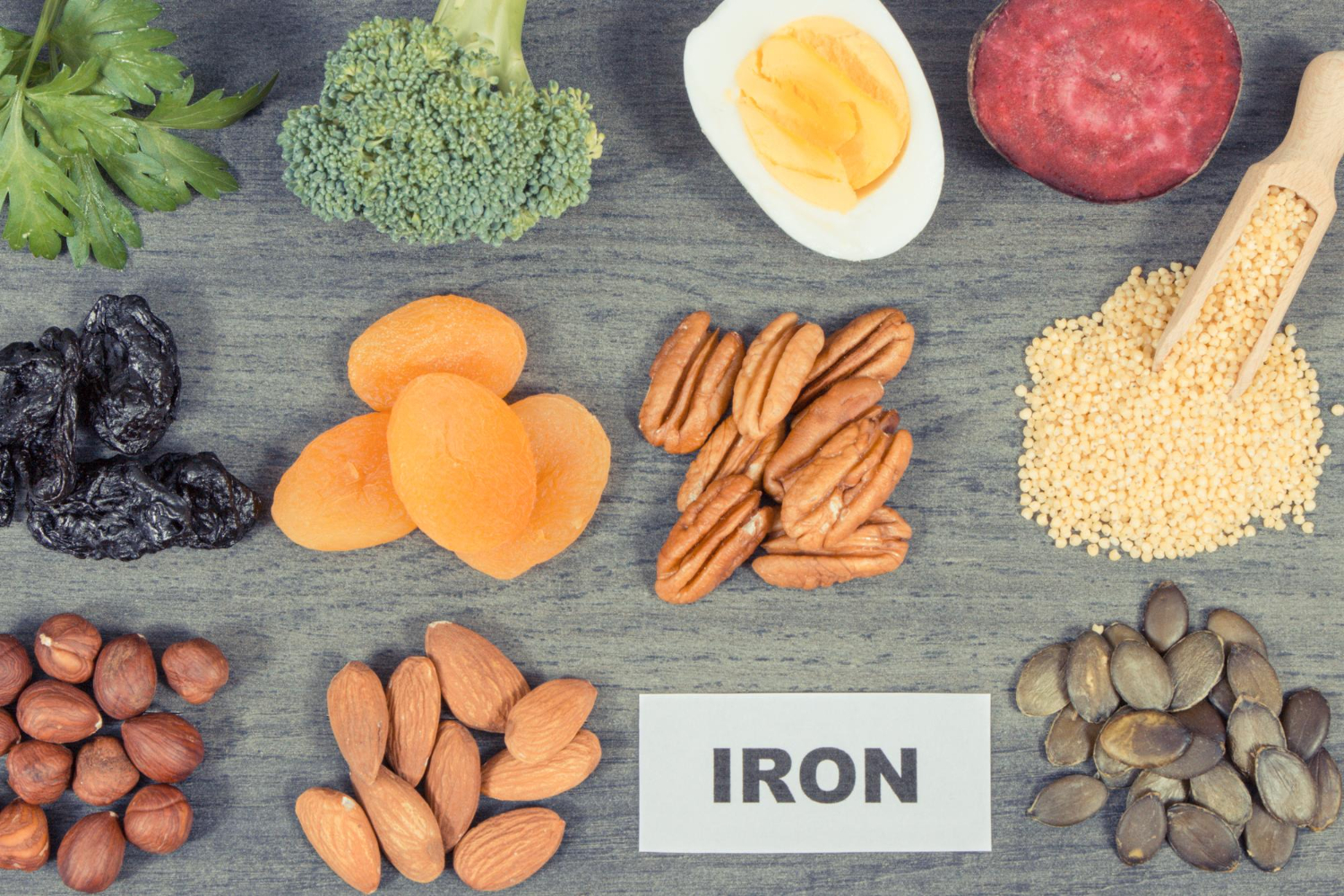What Is Iron Deficiency Anemia?
Iron deficiency anemia in children is a crucial nutrient for children’s growth and development. It is essential for formation of Haemoglobin It plays a vital role in transporting oxygen from the lungs to the rest of the body. When a child’s diet lacks sufficient iron, they may develop iron deficiency—an issue that ranges from mild to serious. If left untreated, it can lead to iron deficiency anemia, a condition where the body lacks enough healthy red blood cells to carry oxygen effectively.

How Much Iron Do Children Need?
The recommended daily iron intake varies by age and gender. Here’s a guide:
- 7 – 12 months: 11 mg
- 1 – 3 years: 7 mg
- 4 – 8 years: 10 mg
- 9 – 13 years: 8 mg
- 14 – 18 years (girls): 15 mg
- 14 – 18 years (boys): 11 mg
Keep in mind that infants are born with stored iron, but they need a steady supply from food or supplements to support their rapid growth and development. So if mothers are anemic and child is on exclusive breast feeding , they are prone to IDA at every early stage.
Who’s at Risk?
Certain factors increase the risk of iron deficiency:
- Premature or low birth weight: Babies born prematurely or with low birth weight are more susceptible.
- Cow’s milk consumption: Avoid giving cow’s milk or goat’s milk to infants before age 1, as it can hinder iron absorption.
- Formula without iron: Ensure that formula is fortified with iron.
- Chronic infections or restricted diets: Children with these conditions may be at risk.
- Lead exposure: Exposure to lead can affect iron levels.
- Inadequate iron-rich foods: A diet lacking iron-rich foods contributes to deficiency.
- Overweight or obese children: They may have increased iron needs.
- Delayed weaning or slow upgrade of complementary feed.

Recognizing Symptoms
Most symptoms of low iron in children become noticeable only when iron deficiency anemia occurs. Look out for:
- Pallor (light pink color) in lips, gums, eyelids, or nail beds.
- Fatigue and low energy.
- Shortness of breath during exercise.
- Cold hands and feet.
- Slowed growth and development.
- Poor appetite.
- Behavioral changes.
- Frequent infections.
- Cravings for non-nutritive substances (e.g., ice, dirt, paint, or starch)..

Prevention Strategies:
Mothers can take proactive steps to prevent iron deficiency:
- Dietary choices: Encourage iron-rich foods such as lean meats, poultry, fish, legumes, fortified cereals, and dark leafy greens.
- Vitamin C: Pair iron-rich foods with vitamin C sources (e.g., citrus fruits) to enhance iron absorption.
- Limit cow’s milk: Children aged 1 to 5 should consume no more than 500 milliliters of cow’s milk per day.
- Supplements: Consult a pediatrician about iron supplements if needed.
Remember, early detection and intervention are key to preventing iron deficiency anemia in children. By staying informed and making informed choices, mothers can support their child’s health and well-being.
I hope this article provides valuable insights for mothers concerned about iron deficiency anemia in their children. If you have any further questions or need additional information, feel free to ask! 😊

Dr. Liza Bulsara
Pediatric Hematoncologist & BMT Physician.

